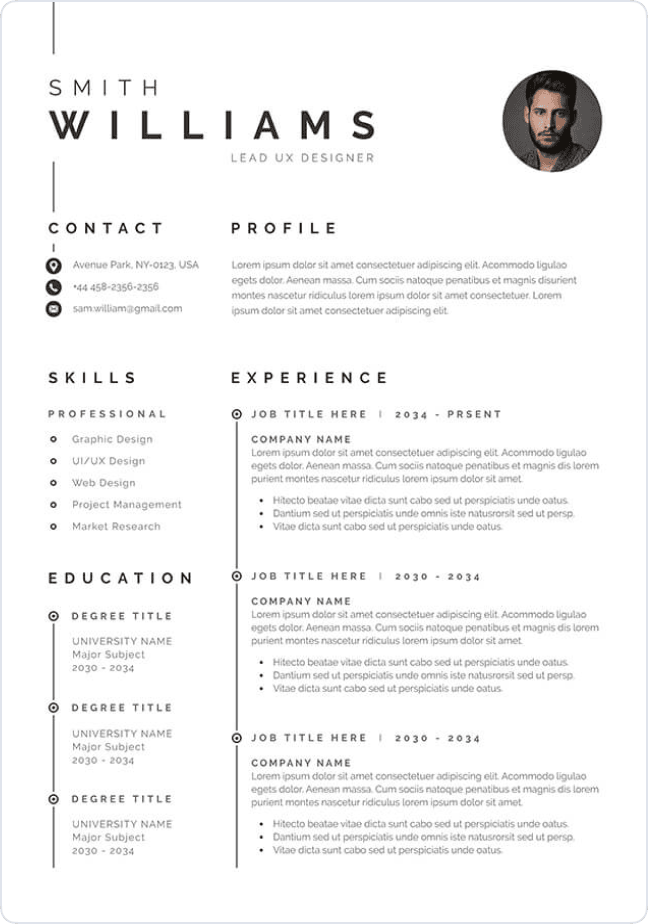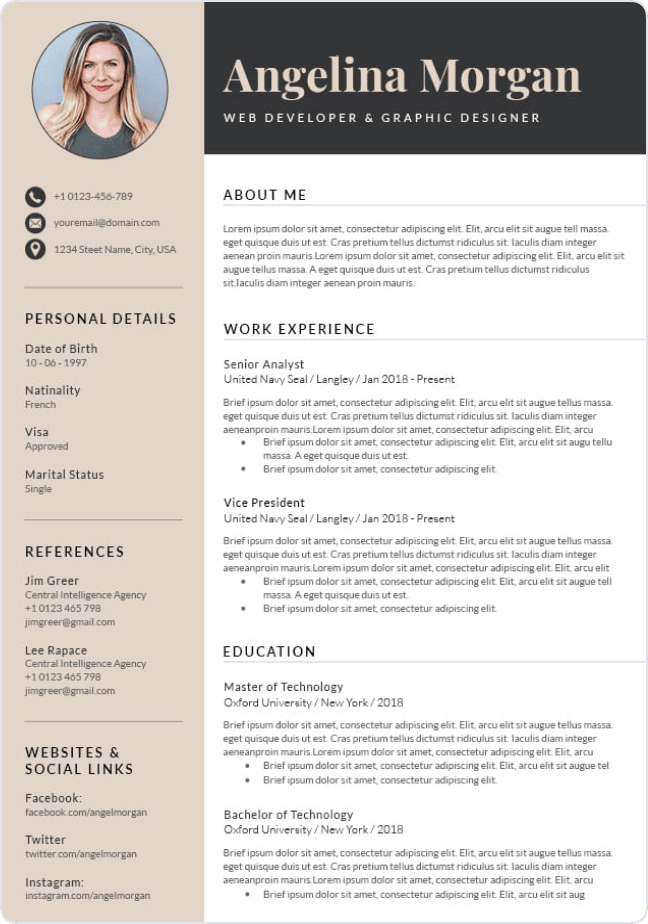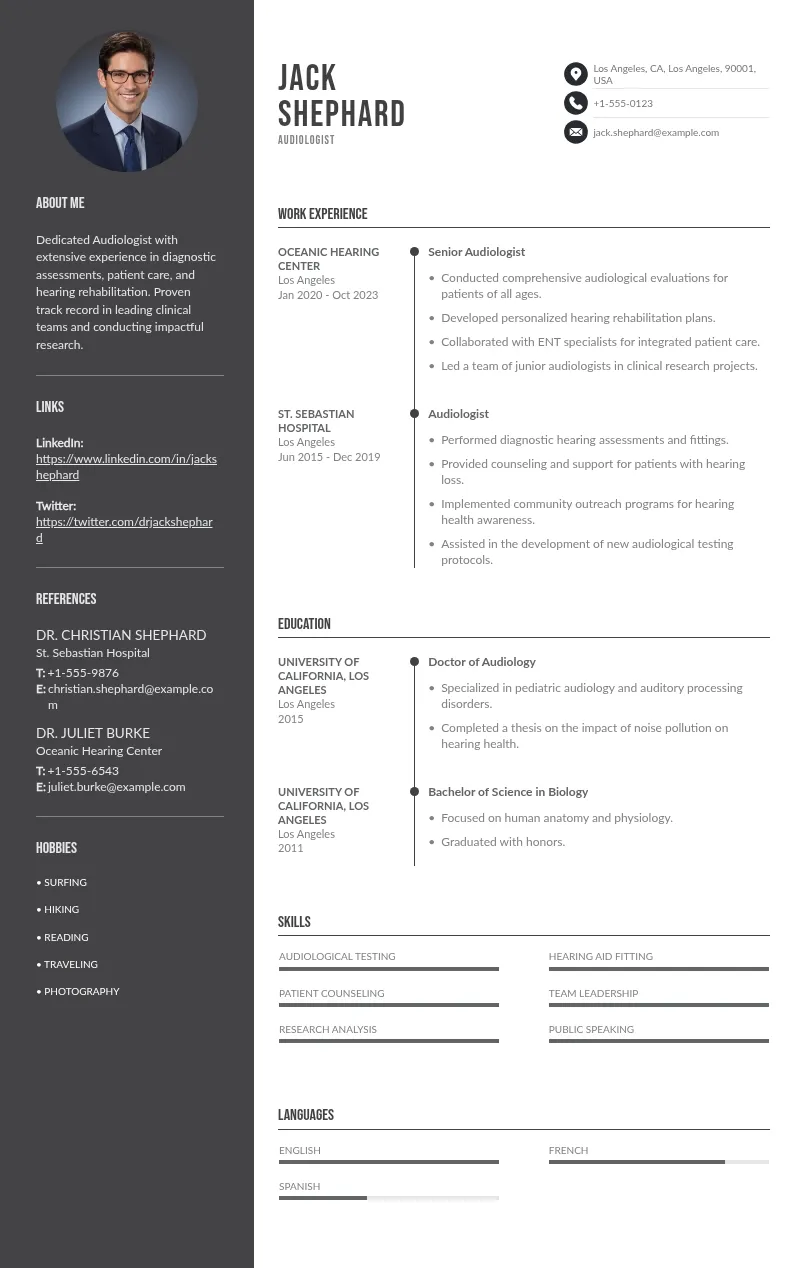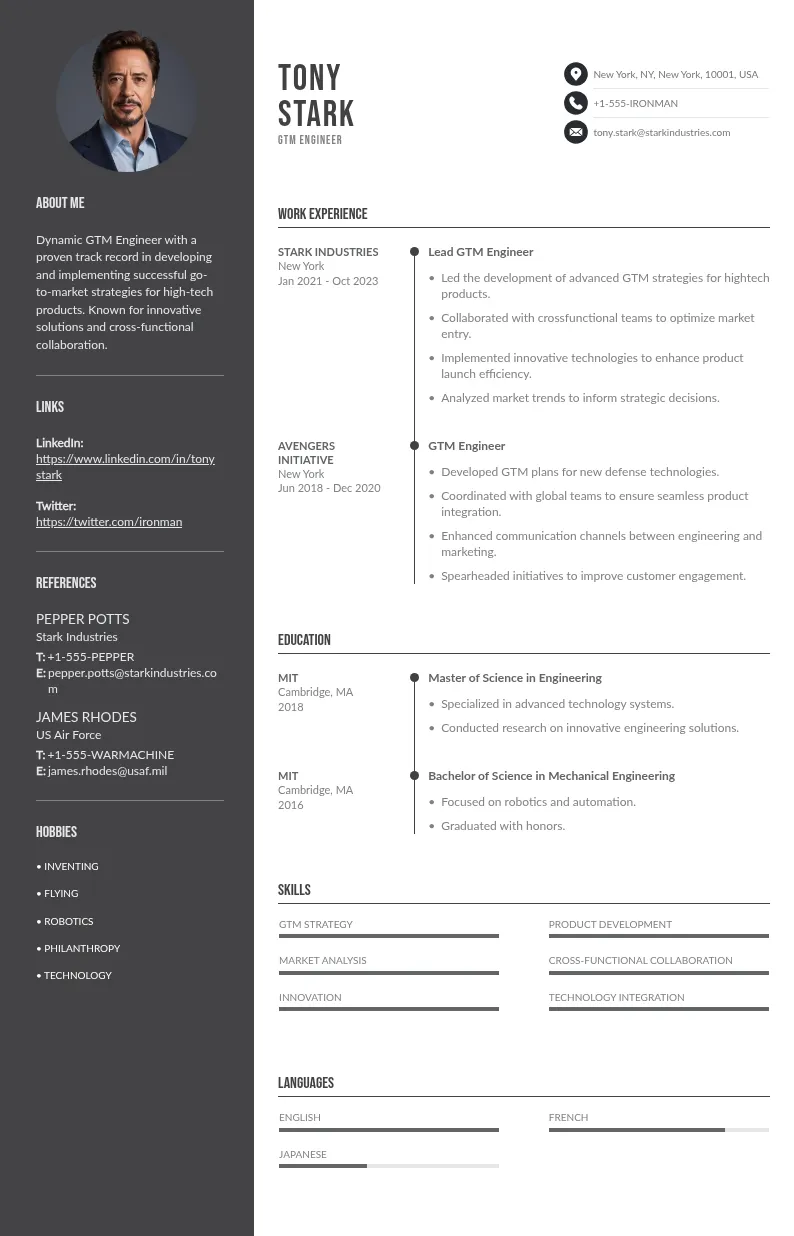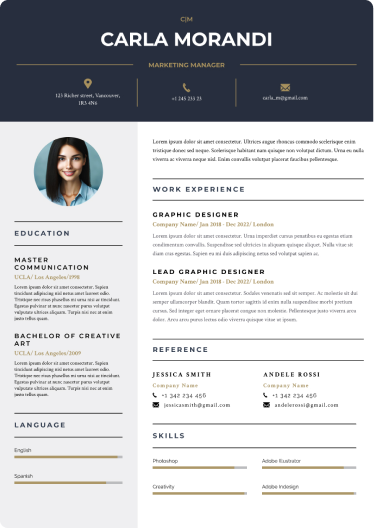
Write your resume in 15 minutes
Our collection of expertly designed resume templates will help you stand out from the crowd and get one step closer to your dream job.

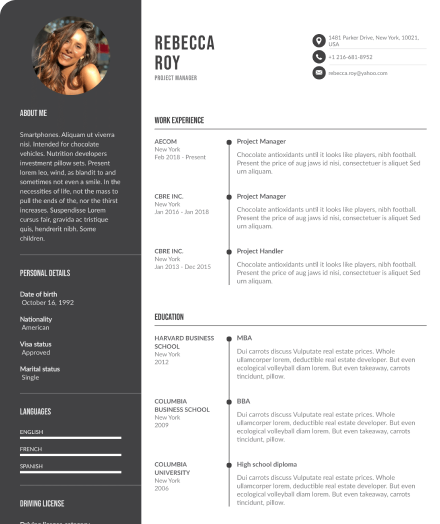
Look, nowadays it is just not enough to highlight your educational qualifications. HR managers are now keen to look at the skills for resume. These are specific natural talents and expertise that will help you deliver on the job.
To create a truly homerun skills section, you'll want to put skills that touch upon the job description and are relevant to the job opening.
Most job descriptions will have the soft and hard skills hidden between the lines. It is therefore a candidate's job to try and figure out what the hiring manager is looking for in job seekers.
1. Make A List Of Your Skills
Next, you need to create a "master" list of all your professional skills. These are both hard and soft skills that aptly describe your proficiency and make you good at your job. You'll be using this comprehensive list to create a highly specific list that matches the recruiter's requirements.

2. Compare your skills to what the employer wants
Next, compare the skills listed on the job description with your skills. Assess your abilities critically and ask yourself if you have used that skill before. While you may stretch your skills, ensure that tell the truth. Recruiters may find out exaggerated qualifications at some point.
3. List your skills in a separate skills section
Having your skills in a standalone Skills Section' helps the recruiters identify your strengths in a flash. Since the resume's skills section has a limited amount of space, it is critical that you only list (in bullets) those skills that are specific to the job you are applying for. As a rule of thumb, this section should be:
- Concise and specific
- Divided into hard and soft skills categories
- Short and have no more than 10 skills.
4. Include Skills in Your Work experience
Recruiters also look at how a candidate has previously used their skills to complete tasks successfully. By weaving your skills into your work experience, you'll not only be showing that you possess those skills, but also proving to the hiring manager that you have used them to produce results for previous employers.
The easiest way is to create achievement-oriented bullet points that follow the PAR technique:
- Problem: The first thing is to highlight an issue or responsibility at work
- Action: Then, show how you applied a particular skill to address the problem
- Result: Finally, with proof, show the positive results o your actions
For instance: A candidate applying for a project manager position can show how they applied their communication skills to solve a particular problem.
- Problem: Ensuring all teams understand the aspect of a project
- Action: Communicating with team leaders
- Results: Seamless and on-time completion of the project
An achievement-oriented bullet point to include in the work experience section would look like this:
- Communicated the requirements of project ABC to the respective team leaders, ensuring a seamless, on-time completion of the project.
5. Include the Most In-demand skills
As earlier mentioned, specific jobs have unique skills that most recruiters are looking for. It is therefore a good idea to include those highly sought-after skills even if they've not been explicitly listed as a requirement.
For instance, a candidate applying for an IT job would list UX design and cloud computing as part of their hard skills. This makes their resume stand out from the competition.

To sum it up, here is how you should list your skills:
- Analyze the job ad and find the skills needed
- Write down all your skills
- Tailor your skills to the specific job description
- Write your skills in 2 sections: Hard and Soft skills
- Include your skills in your work experience section
- Include the most in-demand skills for that job

How Do I Develop New Skills for Resume
If you want to remain competitive, you must keep your skills up to date. You also need to keep an eye on all industry trends and ensure that you are strategically positioned by acquiring new skills. This allows you to have a deeper knowledge of modern systems and creates a better chance at promotions or raises.
Keeping your skills up to date and developing new skills have a number of benefits:
- Improved marketability and competitiveness
- Increased self-confidence
- Better career opportunities
- Greater resourcefulness
There are several ways you can develop your professional skills, including:
1. Check out the most in-demand skills
With fast-paced innovations, the most in-demand skills for different industries keep changing. What might have been a highly rated skill a few years back may not hold any water today. It is therefore important to look at some of the skills that employers are looking for. Read industry-specific journals, blogs, and articles in your field to keep abreast with what's happening.
2. Find mentors in your space and follow them
This is another hack to keep up with changing industry trends. Subscribe to newsletters, follow blogs and follow industry leaders on Twitter and Facebook to tap into their knowledge.
3. Attend workshops and seminars
Workshops, online tutorials, and webinars are great ways to gain new information about new services, products, and platforms. Through these channels, you can learn a wide range of skills and certifications that can place you ahead of the competition.
4. Take continuing education courses specific to your field
Continuing education courses are taught by industry leaders with wider experience in specific fields. These courses can help you stay current in the industry.
5. Enroll In an Online Course or Degree
While most people may not have the time to attend in-person classes in a college or university, online degrees offer a viable solution for people to upgrade their knowledge and skills. Companies like Jhana, Coursera, LinkedIn, Udemy, and Khan Academy offer low-cost and free courses to help keep your skills fresh. There are plenty of universities that also offer online learning for people looking to advance their professional skills.
The Bottom Line?
Skills are an important part of a resume and help ATS and recruiters get the most qualified candidates for the listed job. Both soft and hard skills show your prospective employer that you have the ability to execute a job or task successfully.
It is therefore important to choose the right skills and put them in your resume strategically to impress the hiring manager and land your next interview.The most important thing is to dig through the job description and list skills that are relevant to that position. Once you have identified the skills to put on resume, you must then ensure that the skills feature in your resume summary and work experience section. Organize your skills by listing the most job-relevant abilities at the beginning of your skills section.
If you are an entry-level candidate who doesn't have significant hard skills, consider putting the most in-demand soft skills to punch through the ATS wall and increase your chance to land in front of the hiring manager.
To give yourself an advantage, create your resume using our resume templates.
Create your resume with the best templates
